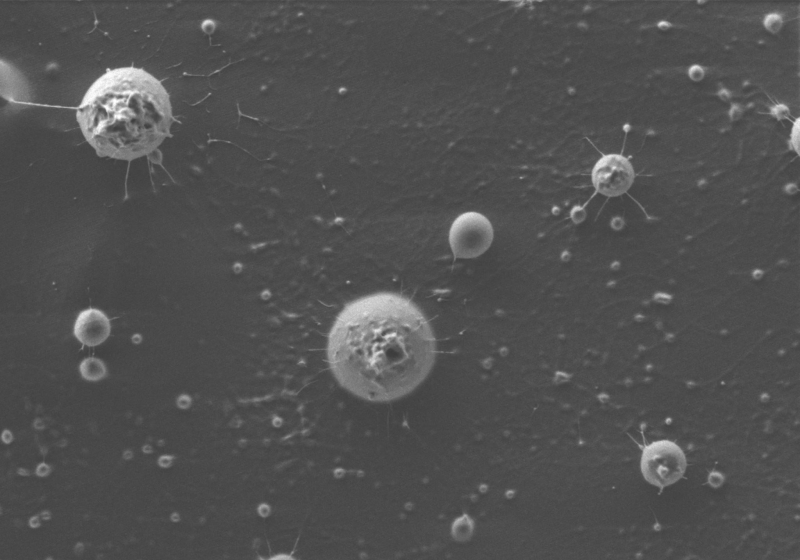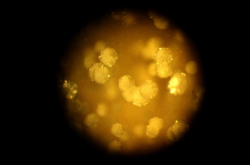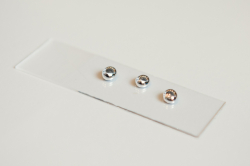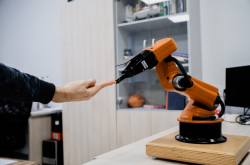In the picture you can see polymeric spheres (nanoparticles) based on high-molecular hyaluronic acid the size of 0.30-1,190 μm. However, it’s also possible to create smaller nanoparticles the size of 0.10-0.30 μm (100-300 nm). The picture was taken using the scanning electron microscope MERLIN (Carl Zeiss).
These particles were produced from a hyaluronic acid compound by using the method of electrospraying, a type of electrohydrodynamic spraying. Electrospraying means that nanodrops of a polymeric compound charged with the same sign get sprayed under high pressure. Resulting nanoparticles are potential target drug delivery carriers. Thanks to their size and the negative charge of hyaluronic acid, they, among else, can be used for injections.
The work on this project takes place at the International Scientific and Research Institute of Bioengineering as part of the thesis Petr Snetkov, a PhD student, is working on in collaboration with Svetlana Morozkina, an employee of the Research Institute of Bioengineering and an associate professor at the Faculty of Applied Optics. Prof. Maya Uspenskaya, the head of the Research Institute of Bioengineering, is the project’s supervisor. The research is funded by Russian Foundation for Basic Research as part of the scientific project №19-33-90098.





